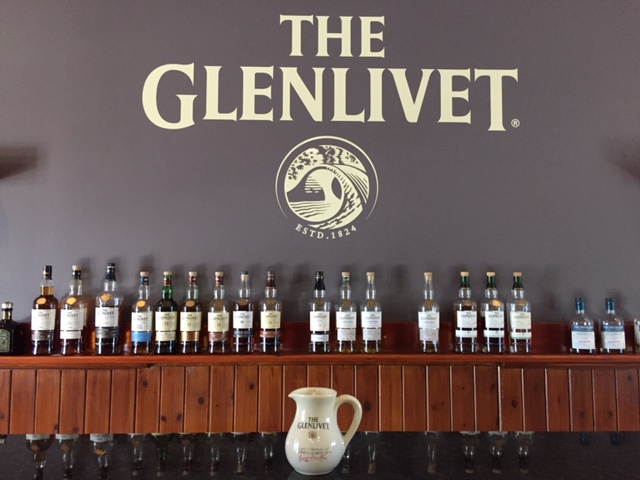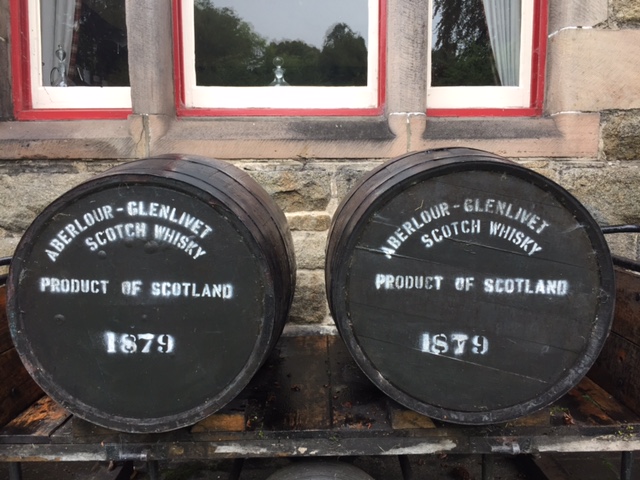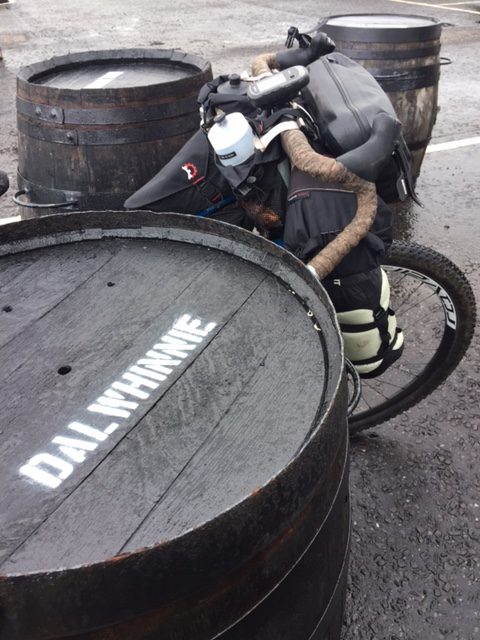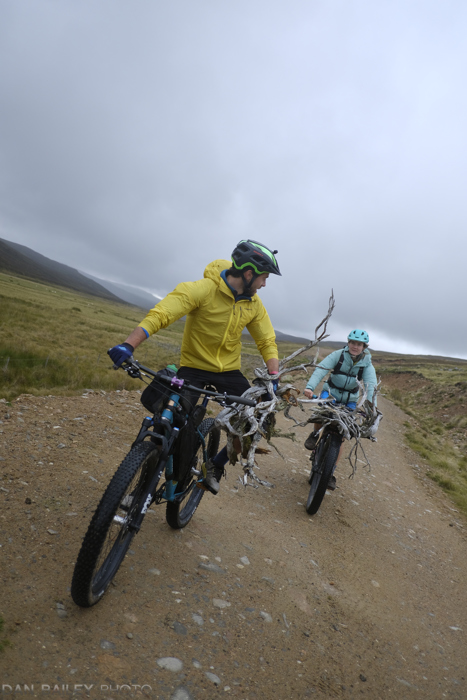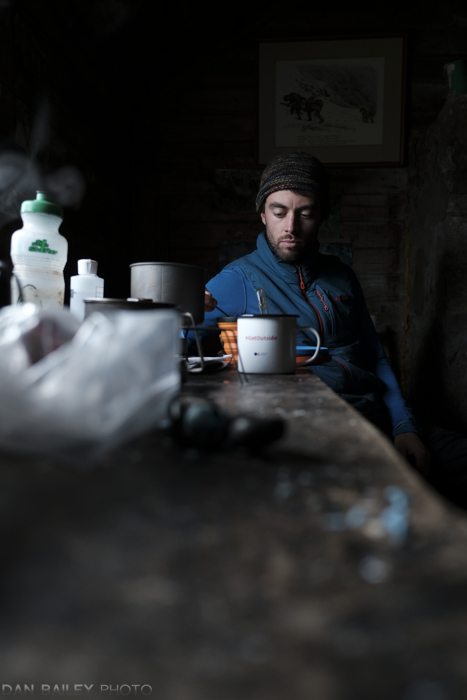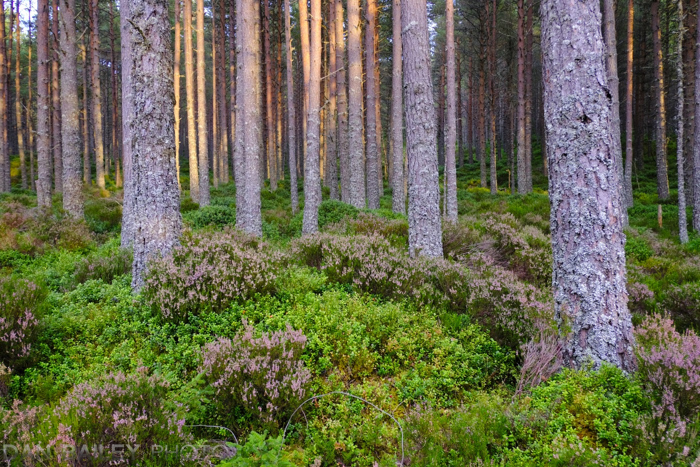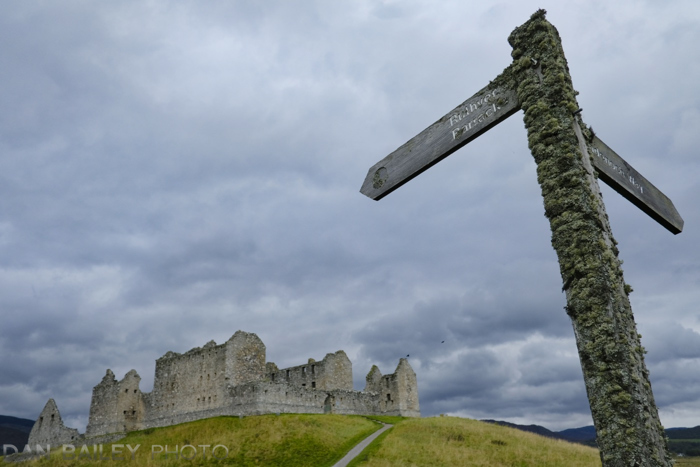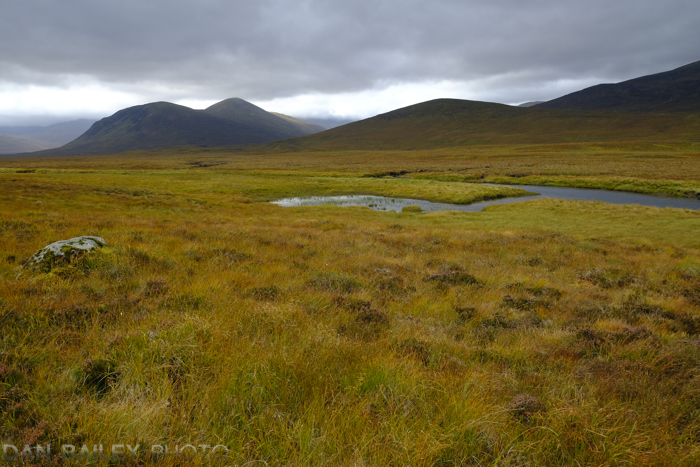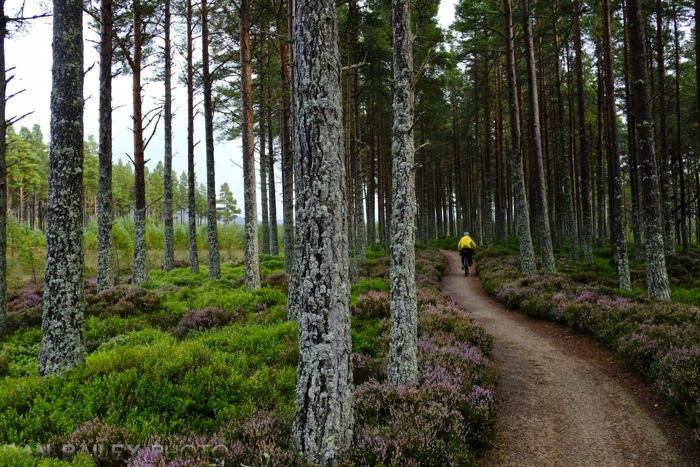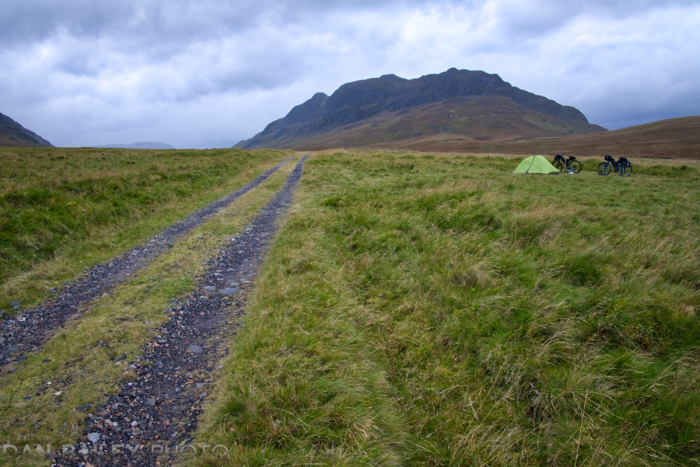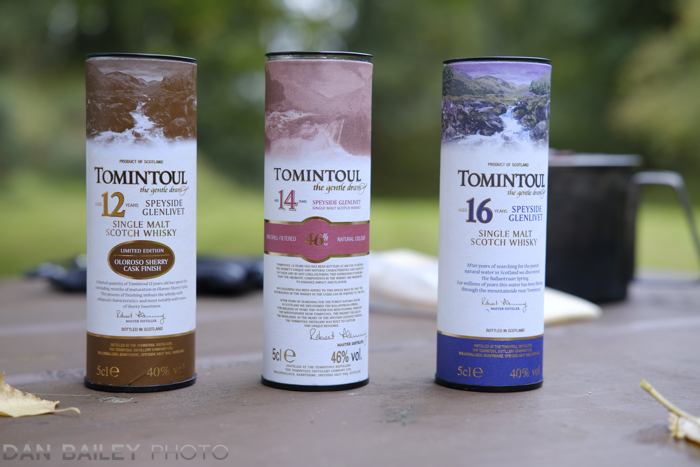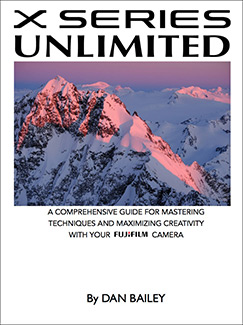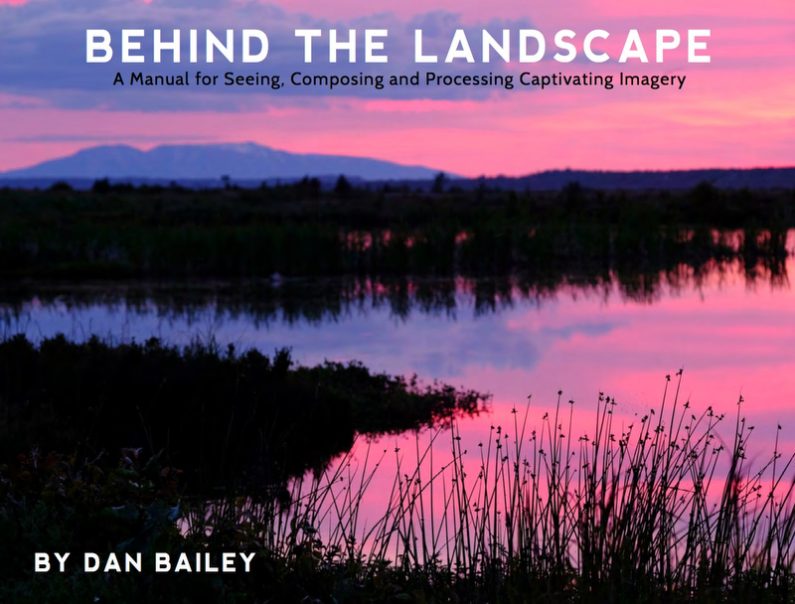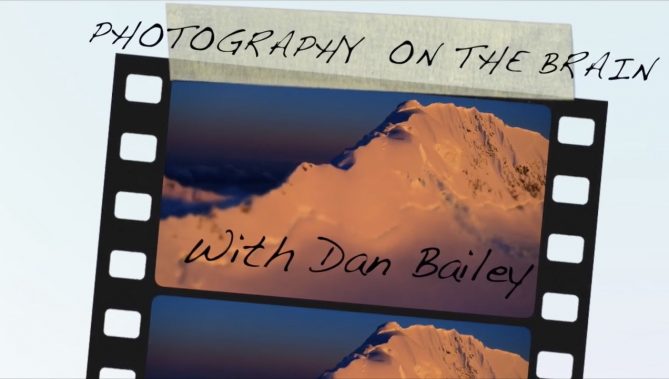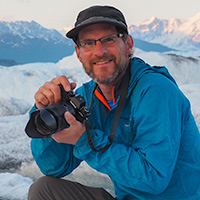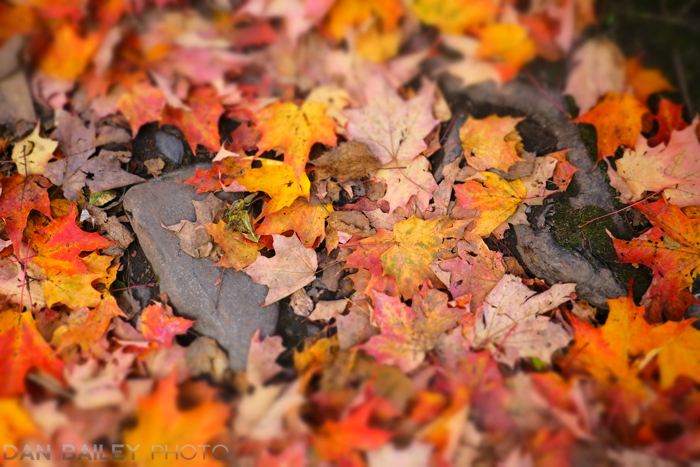 There’s no question, we live in a very odd world right now. Without mentioning specific issues or people, when it comes to analyzing our society, we all know that an unusually large number of things just don’t seem, for lack of a better word, “right.”
There’s no question, we live in a very odd world right now. Without mentioning specific issues or people, when it comes to analyzing our society, we all know that an unusually large number of things just don’t seem, for lack of a better word, “right.”
The anger and increasing polarization we face which stems from our constant bombardment of messaging drags us down on a daily basis and that hurts us. It hurts us individually at our core and it hurts us as a civilization. It makes us feel powerless.
By definition, the world civilization means: “the stage of human social development and organization that is considered most advanced.”
And of course, the basis of the word, “Civil”, can be defined as “courteous and polite.”
By all accounts, we seem to be hurtling away from those two fundamental ideas in a big way.
So what can we do?
I don’t pretend to have all the answers, but this is the idea that keeps resonating with me:
We all need to be more creative in our lives. Everyone. Each of us. All of us.
I realize that might sound like a trivial solution in a society that’s experiencing a horrifying increase in the number of mass murders and outward demonstrations of blatant hatred that are happening each month, but hear me out on this.

Being more creative on a regular basis lowers stress levels in the body and mind.
Regardless of how “good you are” at your chosen medium, spending time, even just 45 minutes on a creative project lowers cortisol levels in your body. This is especially true with younger people, although that probably has more to do with the fact that with age and experience you simply have more tools to manage your own stress levels.
Creativity can also lower depression and elevate your feelings of well being.
And it can help you cope with chronic pain or illness. This alone helps make life a little better for people who deal with theses kinds of issues.
Being creative on a regular basis also helps increase our problem solving ability.
This is a big one. Contrary to what it might seen, highly creative people often exhibit a higher degree of logical thinking ability. They’re often less compelled by social and cultural norms and are thus better able to process incoming and internal information and focus on the challenges of a situation, rather than just take a predictable side to an issue.
In addition, highly creative people tend to look at things a little differently.
They think outside the box. Whether it involves making an intriguing photograph, finding a new way to solve a complex problem or inventing something that will change the world, being creative helps you visualize different scenarios and come up with unique solutions and new ideas.
As I mentioned above, we are bombarded with information on a daily basis. People who exercise their creative brains more often don’t just collect information, they process it an play around with it in their heads.
This allows them to notice things that other people don’t see. It gives them the spark to ask questions and challenge long held beliefs about any kind of subject or situation. Ultimately, this can lead to increased understanding, tolerance and even shifting mindsets across all of society.
Being creative makes you more curious.
People who regularly exercise their creative brains tend to be more intellectually curious about the world. They want to know what’s out there and why things happen the way they do. They want to know what’s behind the curtain.
In many cases, this curiosity allows them to be more empathetic because they’re curious to know what it’s like to look at the world from the other side. They wonder what it might be like to see the world from the other side of the fence and actually walk a mile in the the other person’s shoes. They’re often able to relate more easily with people from different cultures and backgrounds.
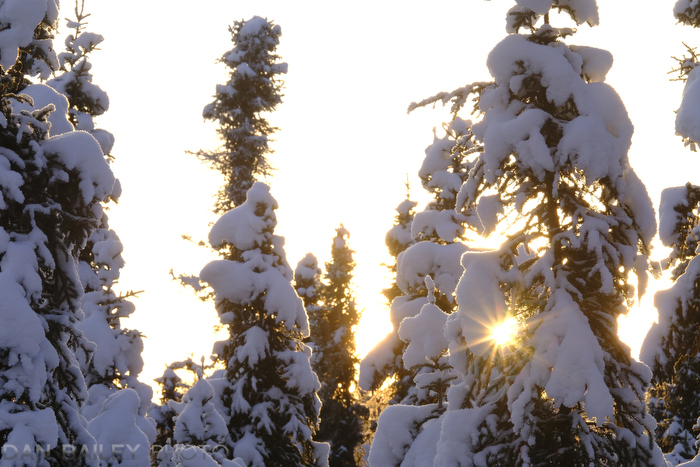
And… This is The Big One:
Creativity Makes You Happy.
People who regularly engage in creative activities feel more enthusiastic and energized. They often feel as if they’re experiencing positive growth in their lives and that they’re “flourishing.” They feel more positive and find increased personal reward in their own lives and with their social interactions.
Being creative leads to feelings of well-being and often contributes to a “sense of purpose” in this crazy life. Kurt Vonnegut said that “practicing any art, no matter how badly, makes the soul grow.” It doesn’t matter if you draw, sketch, write, paint, cook, play a musical instrument, knit hats and scarves, build sand castles or stack rocks, engaging in that process is good for you and it makes you happy.
I’ve been thinking about this concept quite a bit during the past year. When I give presentations and teach workshops in camera stores around the country, I meet many of you guys out there and I see happy, engaged people who are excited about life.
At the same time, I was recently talking with a photography rep friend of mine who said that some camera stores are not interested in hosting any speaking events or classes. This is really sad, because they’re denying their customers a potentially vital opportunity to learn, explore and become more confident with their photography and their creativity, which is exactly what we need more of.
As outdoor photographers, we spend lots of time out in the world, standing in nature or traveling to foreign lands. Much of our brain power is taken up by thoughts on how to best frame our scenes, how to expose properly, which lens to use, etc… And if we’re traveling, well, that opens us up to interacting with people from other cultures. You know where that leads.
When we’re doing this stuff, when we’re outside taking pictures, or inside talking or reading about taking pictures, we’re not thinking about the stuff that makes us angry. We’re not being impulsive, short tempered, or argumentative. We’re not taking sides, being negative or blaming others for how we feel in that particular moment.
Quite the contrary; we’re having fun. We’re making our own happiness. We’re being better people.
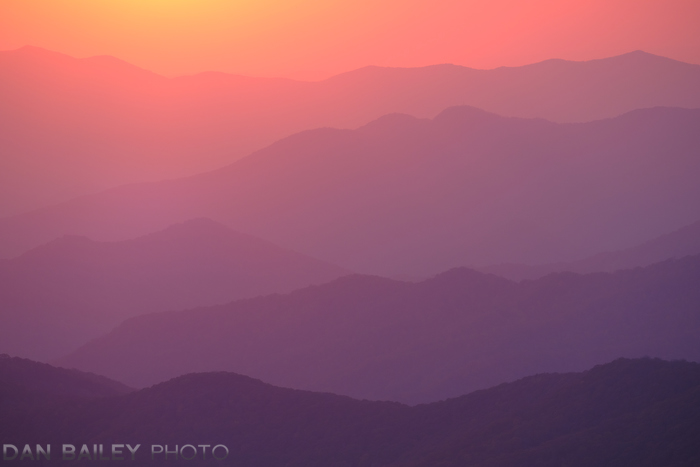
Now, I’m not saying that taking pictures is going to solve every problem we have in the world or even that these notions about creativity are the same for everyone. There are many people with highly creative brains who struggle with depression and anger. And there are certainly many artists in the world who are very closed minded and locked into their own ideas.
I won’t pretend that I understand all the factors which have left a large number of people in this country feeling hopeless, angry or destructive. And I certainly won’t pretend that all photographers and creativity types are nice, tolerant, civilized people, either. For all the great things photography offers, some camera users are just plain jerks. (Seriously? I hope that guy never finds my blog!)
However, in a broad sense, it’s my strong opinion that if more people spent more time doing creative endeavors, and relishing in the wonder of the creative process, the world would be a better place. Why? Because as we saw above, being creative propels us out of the box and into the realms of discovery, personal growth, fulfillment, self worth and purpose, and those things generally make people nicer, more tolerant and less angry about things they can’t control.
In these times of uncertainty, I feel like this has become my own call to action. I recognize the infectious nature that my passion for photography has on some people and how my honest, childlike enthusiasm for this craft helps inspire others with their own photography.
My self-imposed mission at this stage in my life is not just to help make you guys “better” photographers, but to inspire you to love it even more. I know what photography has brought me, and I know how awesome it feels to capture a compelling image of a great subject under magical light; I just want you to experience the same level of joy as much as I do, if not even more joy and excitement.
And I want you to spend a large percentage of your energy in life striving to create incredible imagery, or creating anything, for that matter, and enjoying the process along the way. I want you to be happy.
Use Your Own Photography Powers for Good
I also want you to help spread the love. Above, I asked the question “what can we do?” Well, what can you do? You can use your own photography powers to help inspire other people with their own creativity. The more the better.
Be a catalyst for creativity and encourage other people to be creative, whether it involves taking pictures or doing any other kind of art. Be supportive. Wear your love for photography on your sleeve, or simply get your work out there and show others what’s possible, no matter how “good” you think you are. And really, there is no “good” or “bad” in all of this, creativity is a process and a mindset.
Remember, today’s bad photo is merely a sketch that will help you learn how to create a great photo, which, in turn, can inspire others to create, explore or just look at the world in a different way. Maybe your photos can help a fellow human appreciate a certain aspect of the world or make them realize why wilderness lands should be preserved. Or why… (fill in the blank.)
This takes time. It’s a long game, and of course, it won’t resonate with everyone, but if we can get more people to find happiness, wonder, excitement and personal fulfillment in their own creativity, I genuinely believe that we’ll all be better citizens of the planet and the world will be a better place of everyone.
And I haven’t even touched on all the ways you can use your photography for other charitable or philanthropic causes, like donating your time, shooting humanitarian assignments, donating prints for a charity auction, teaching people. The opportunities are limitless.
So, please do your part. And please comment below if you have ideas. I would love to hear your thoughts. Do you think I’m on to something, or am I just being too naive about all this?
Peace out.
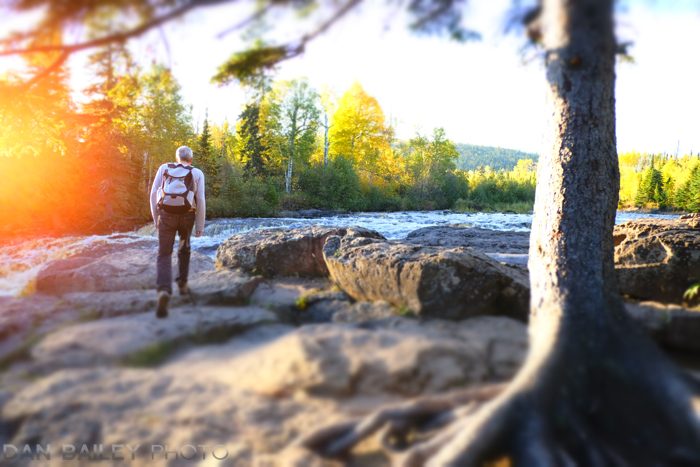

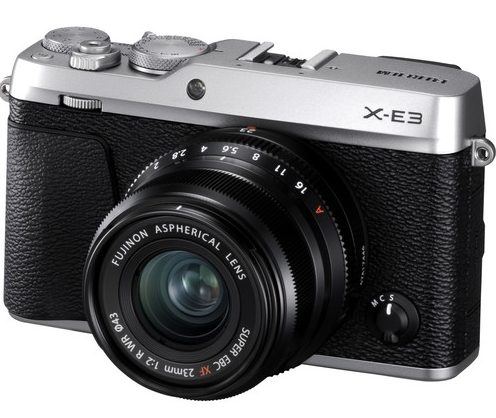
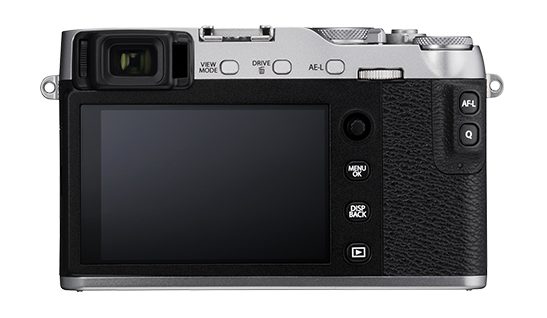
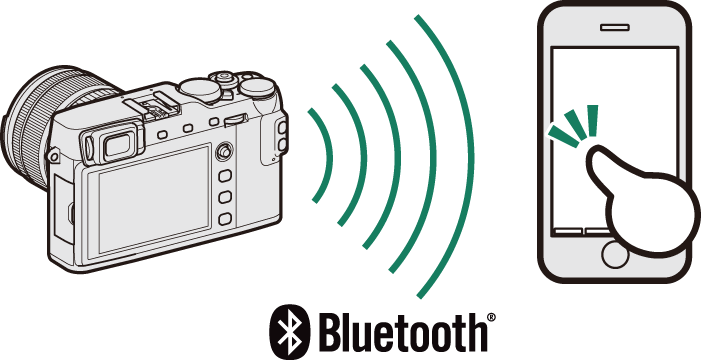
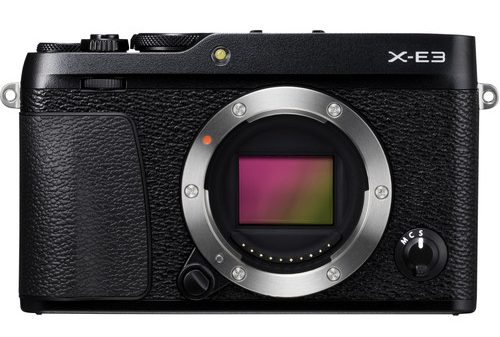
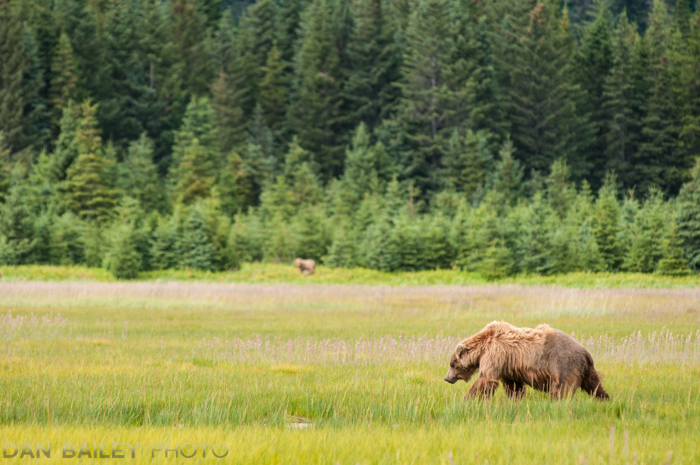
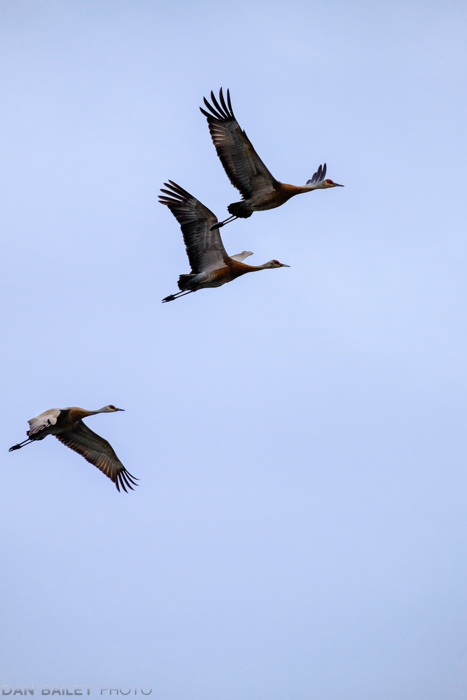
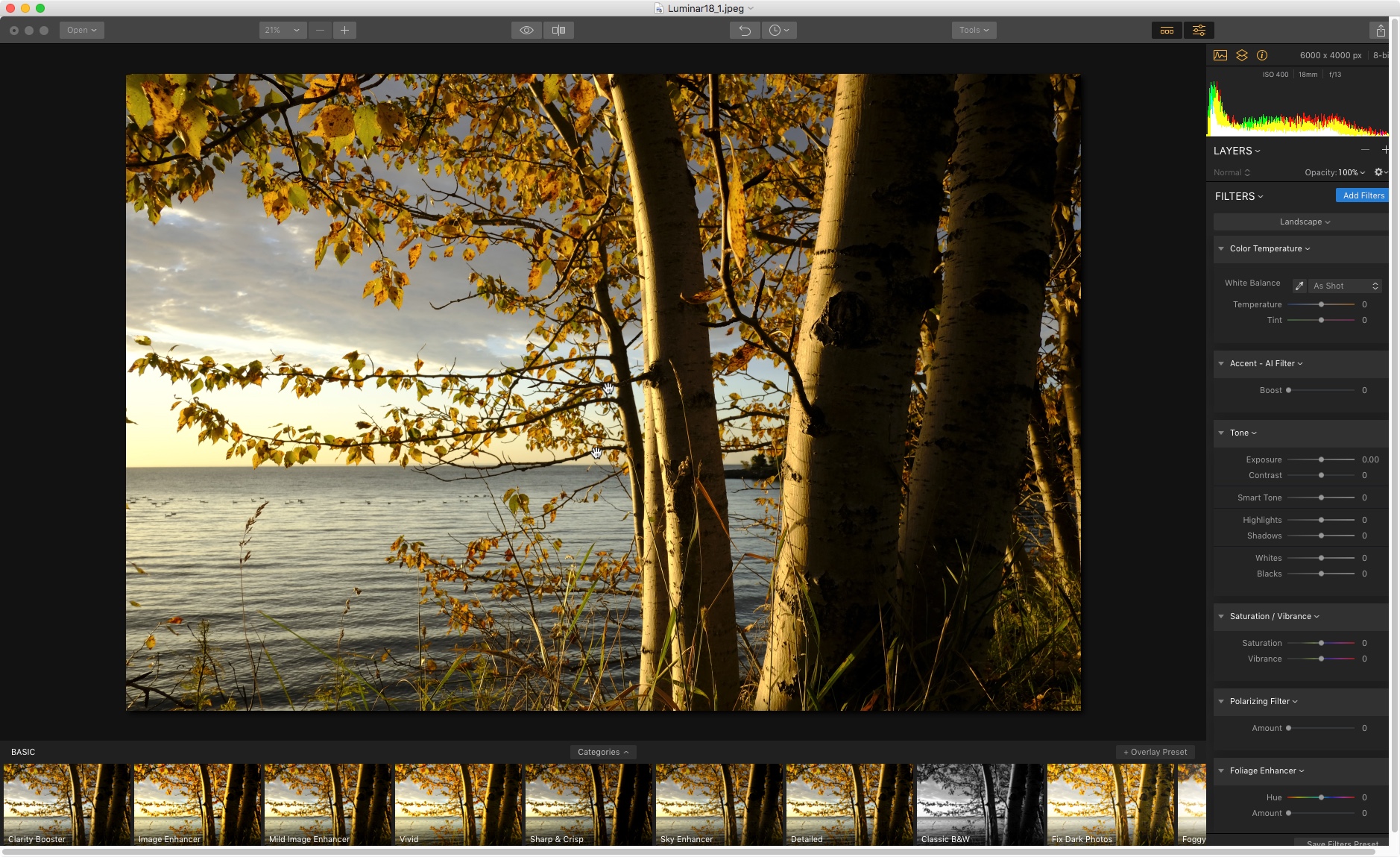
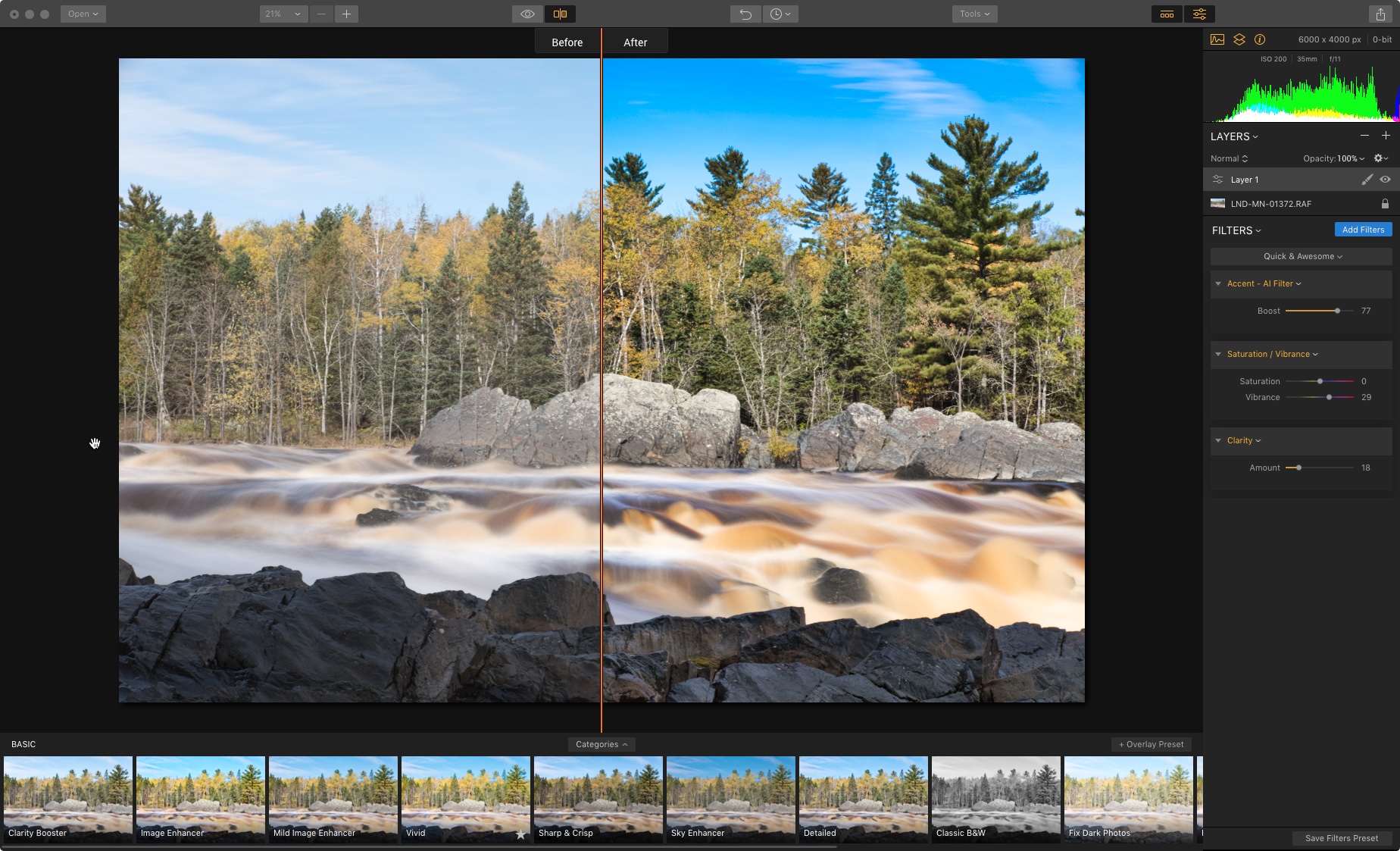
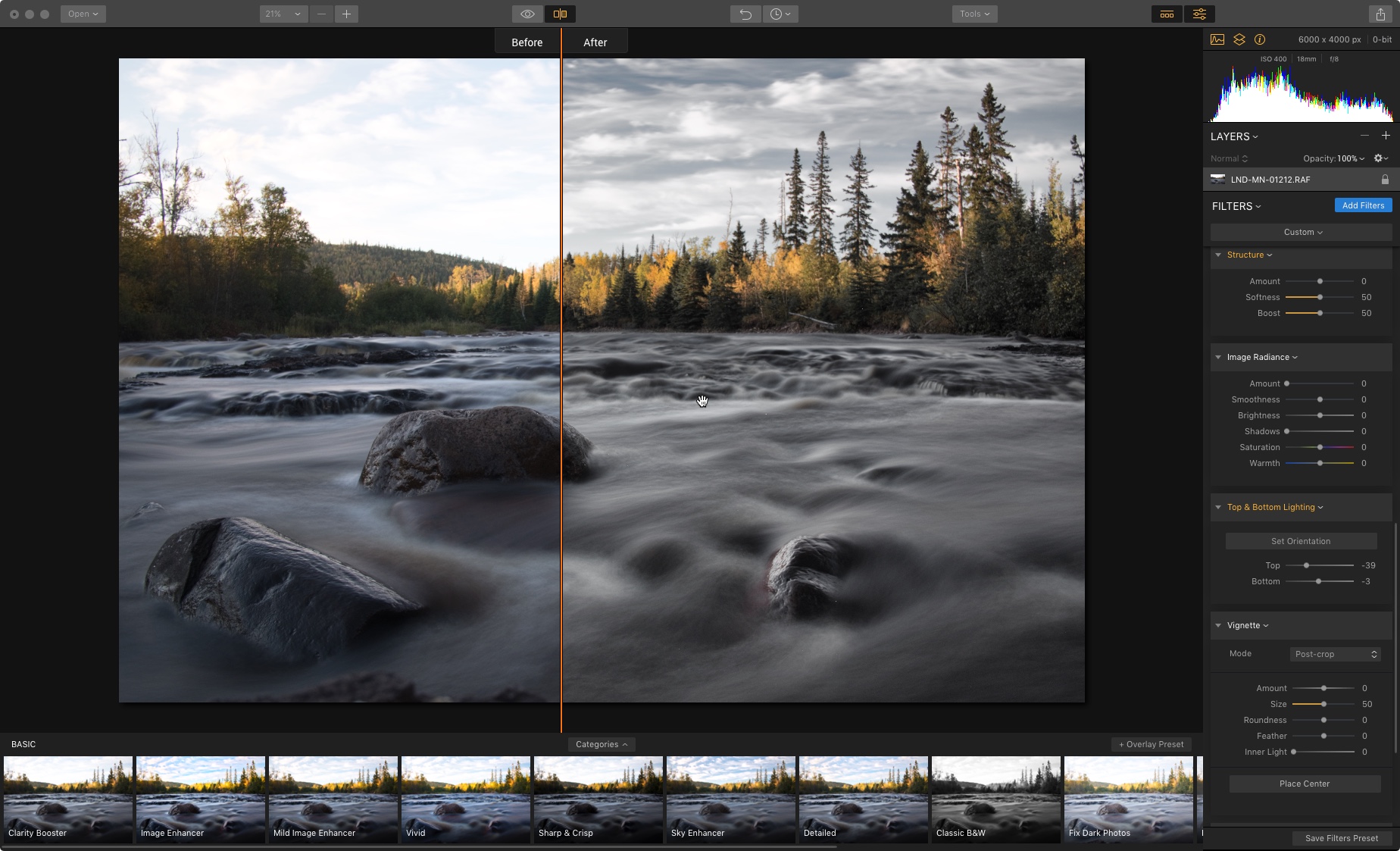
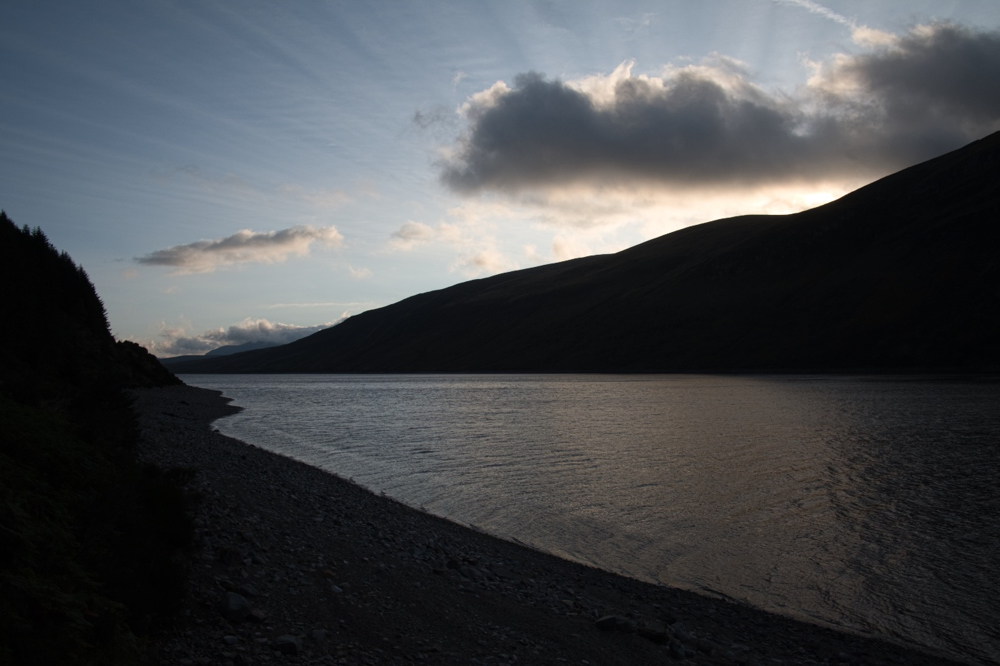
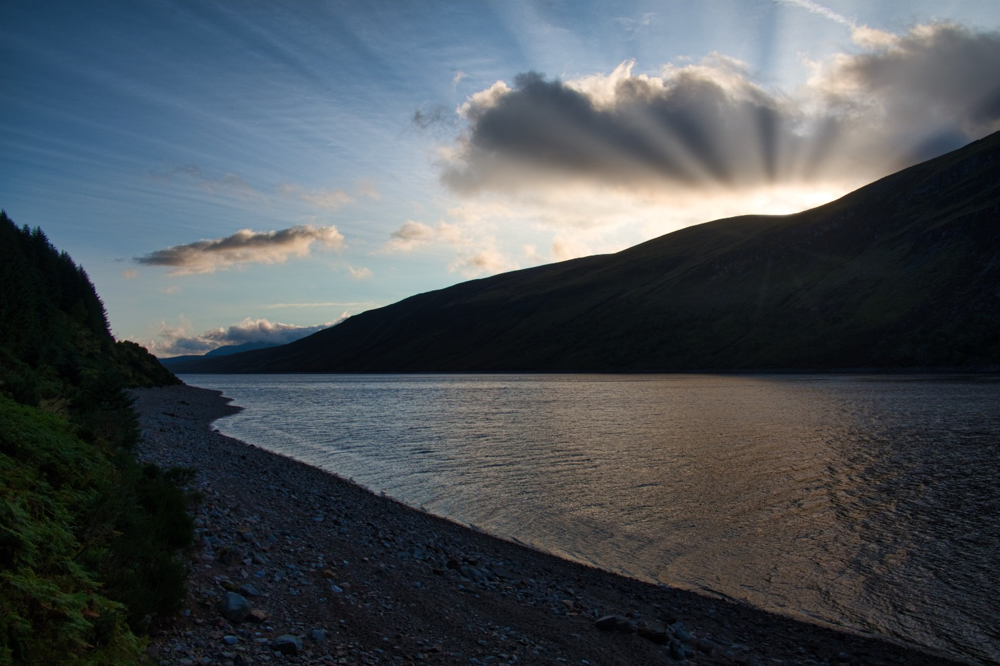
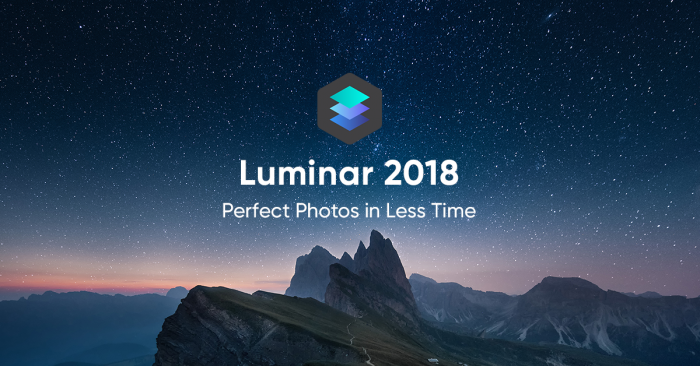
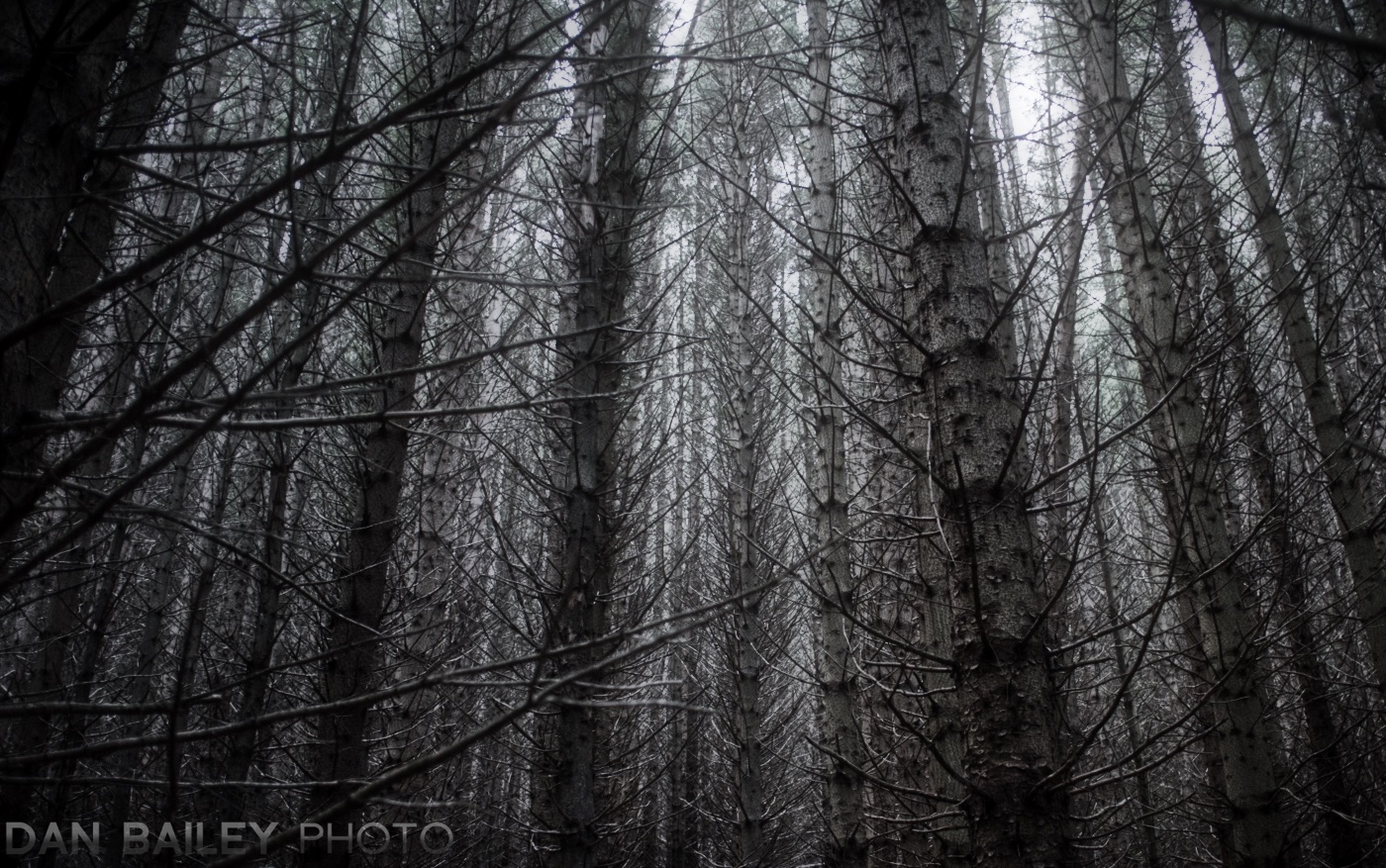 I wonder what lurks in the scary Scottish Pine forest…
I wonder what lurks in the scary Scottish Pine forest…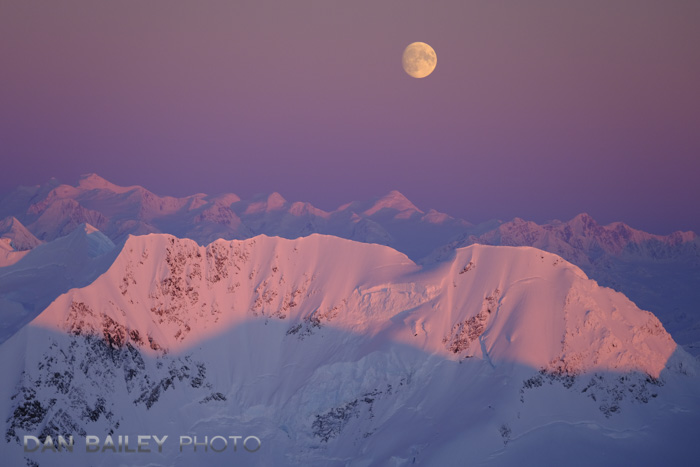
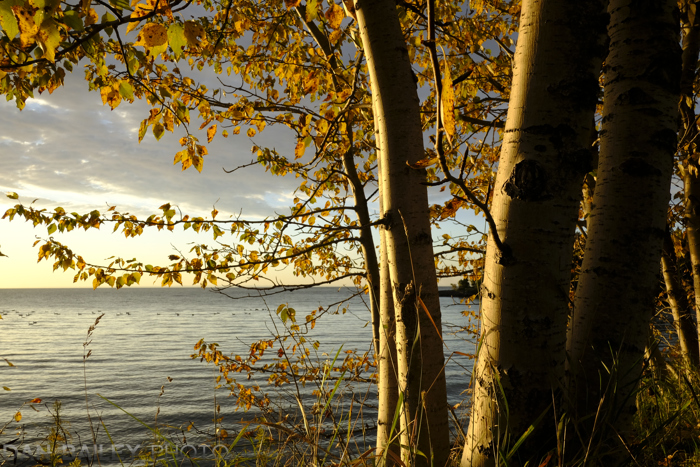
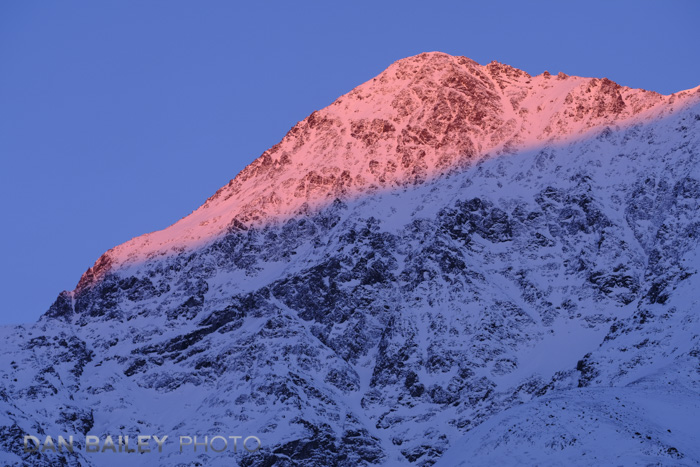
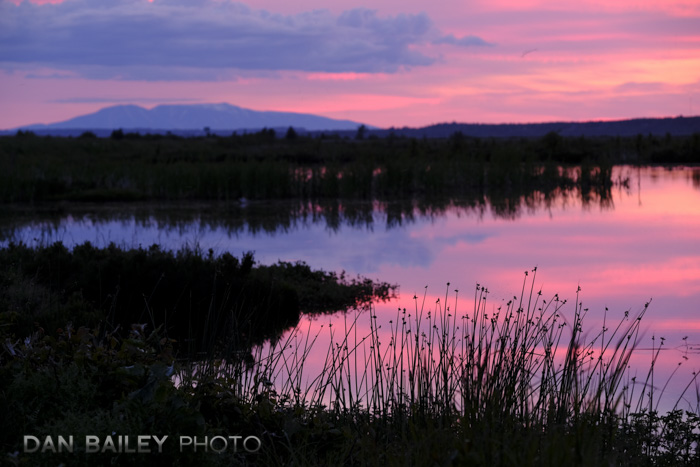
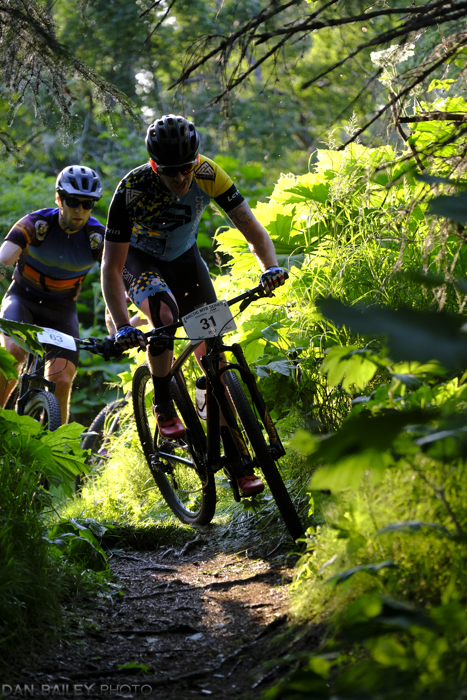
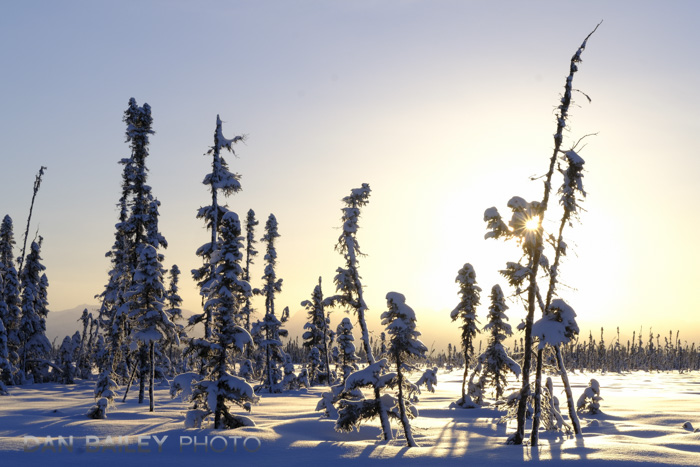
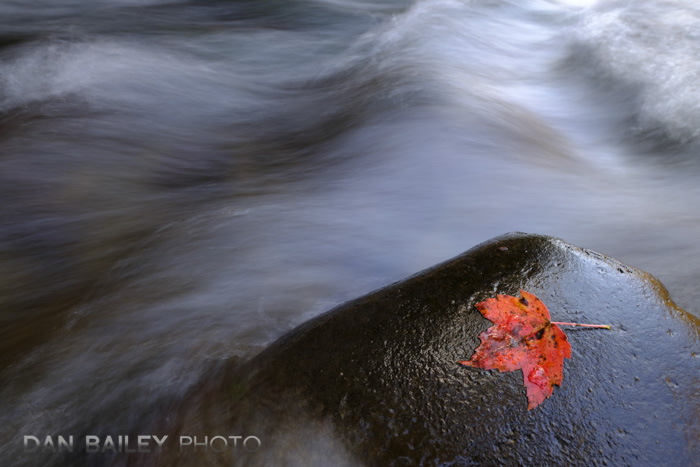

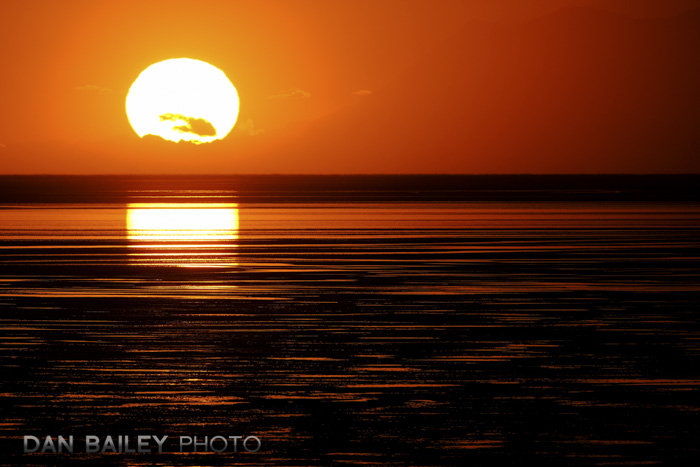


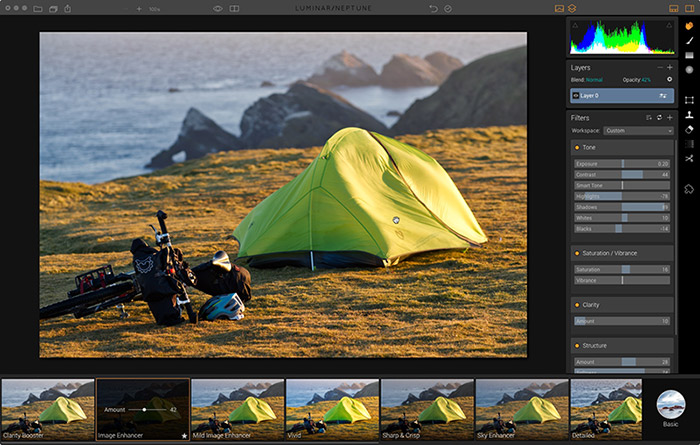
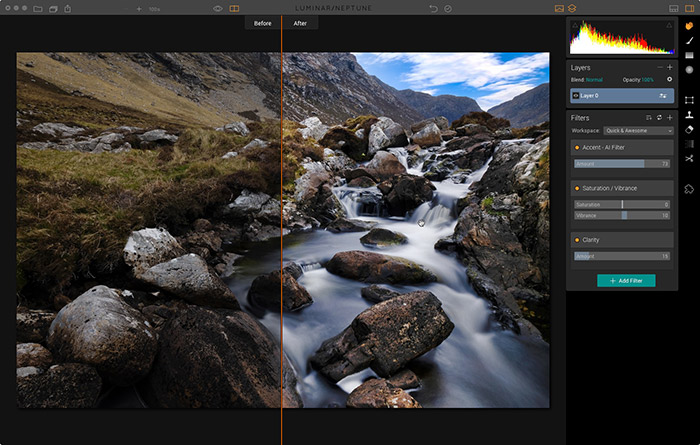









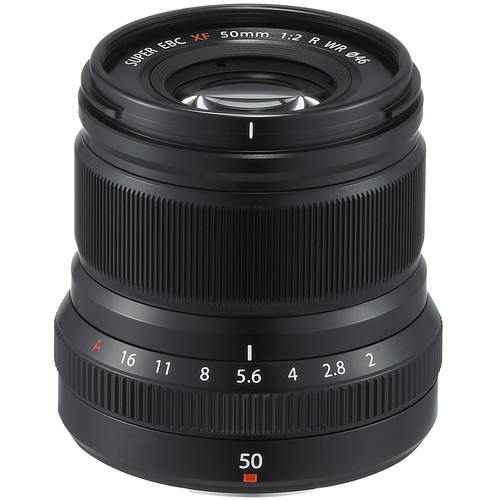
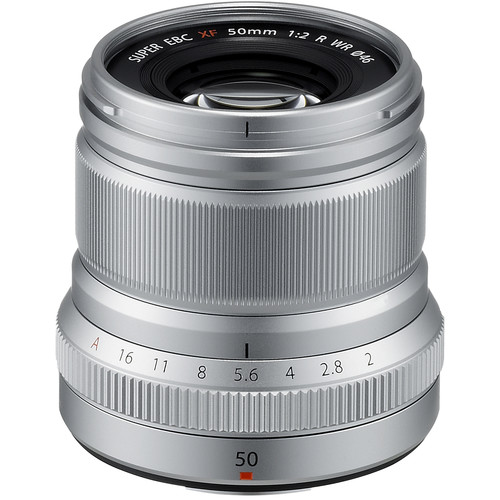
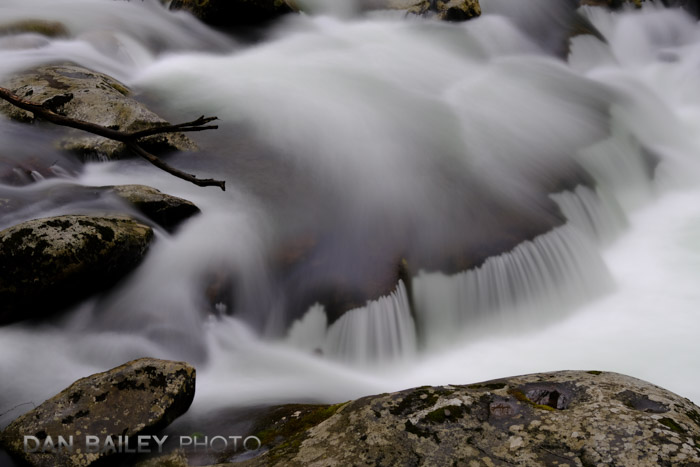
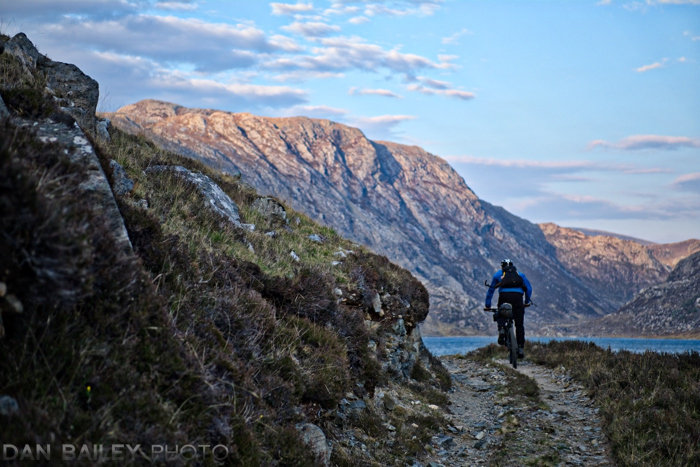
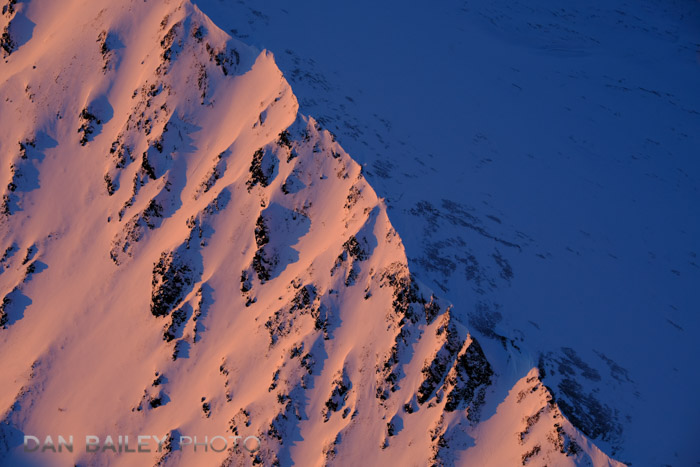
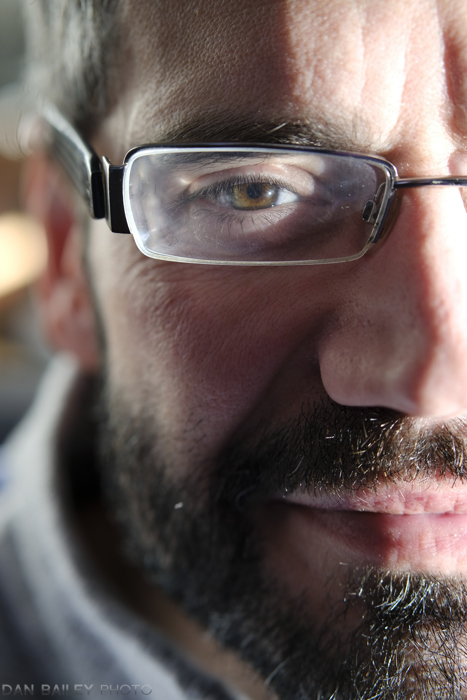
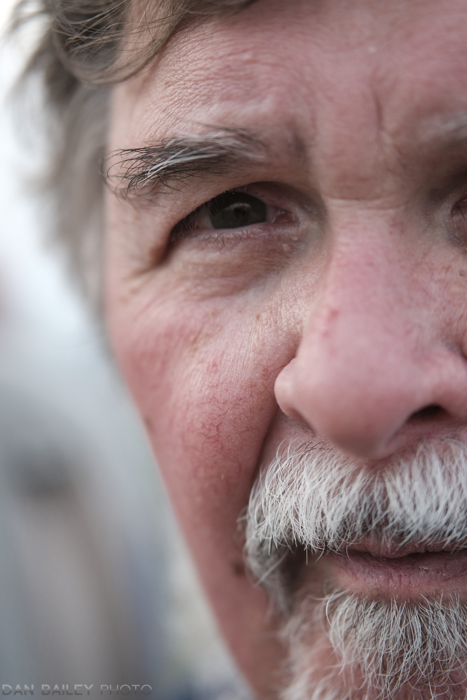

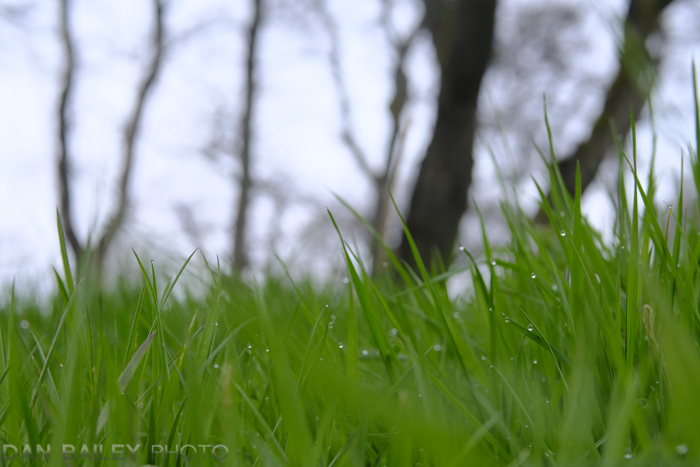
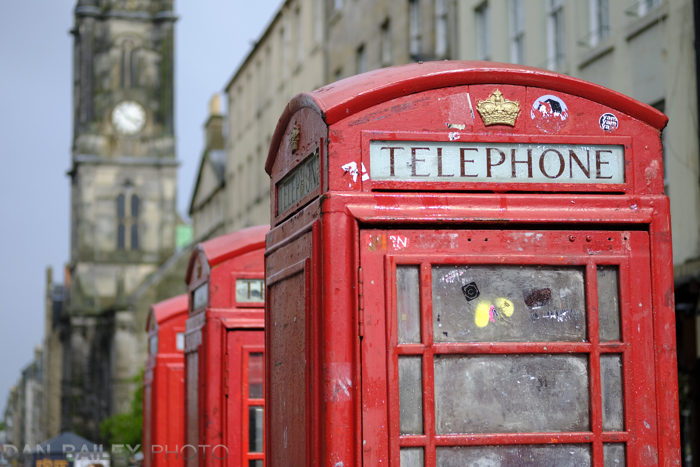
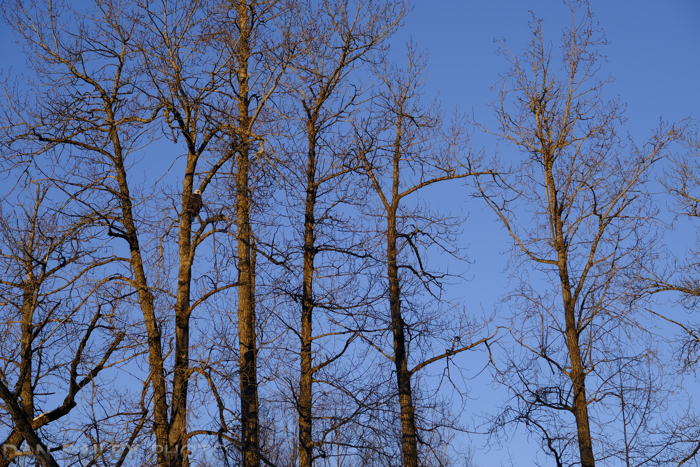
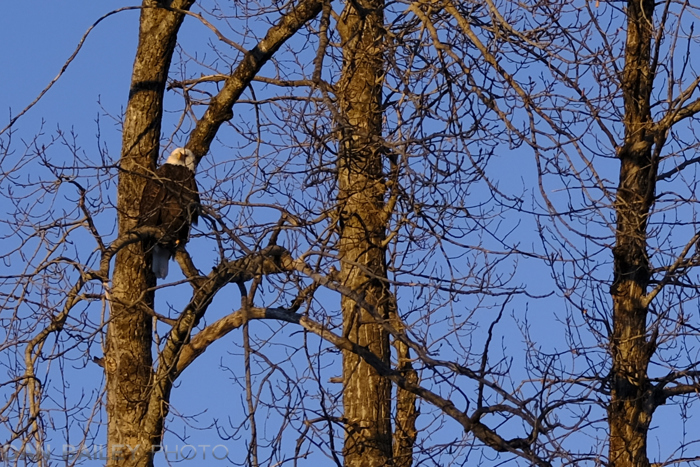


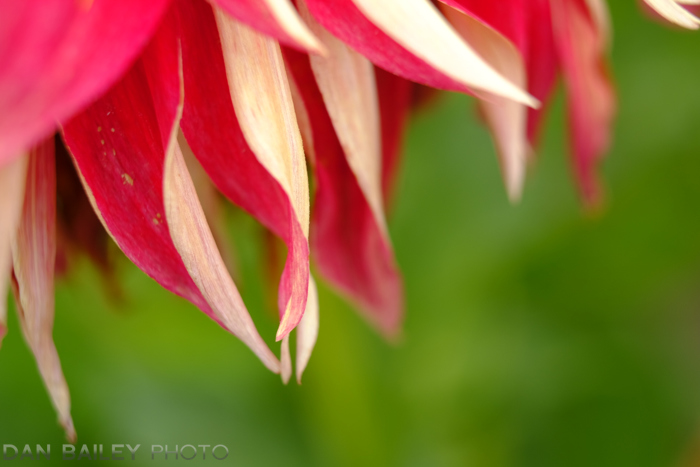

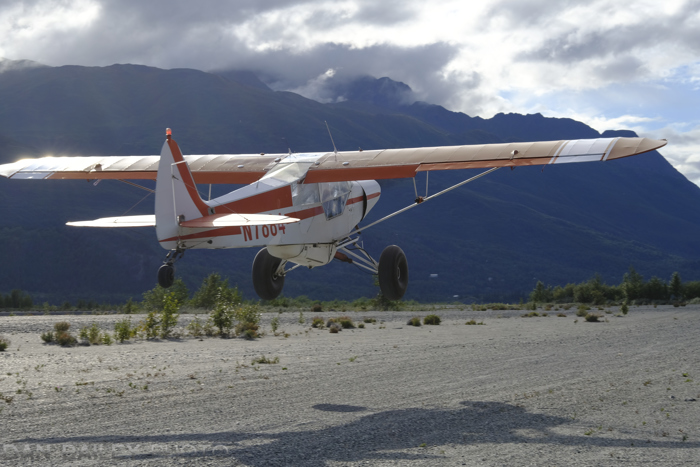


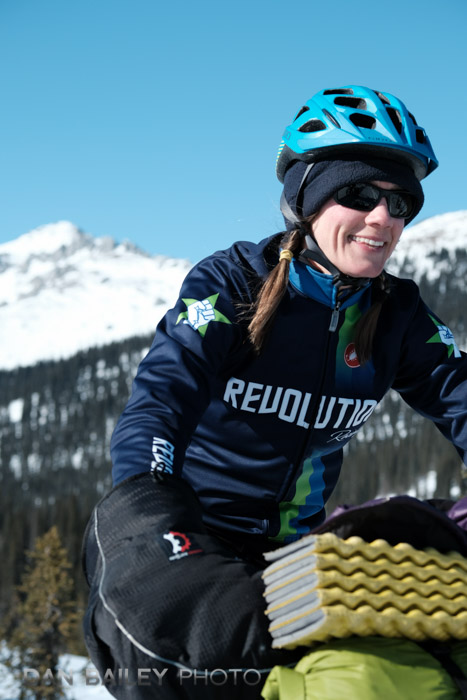
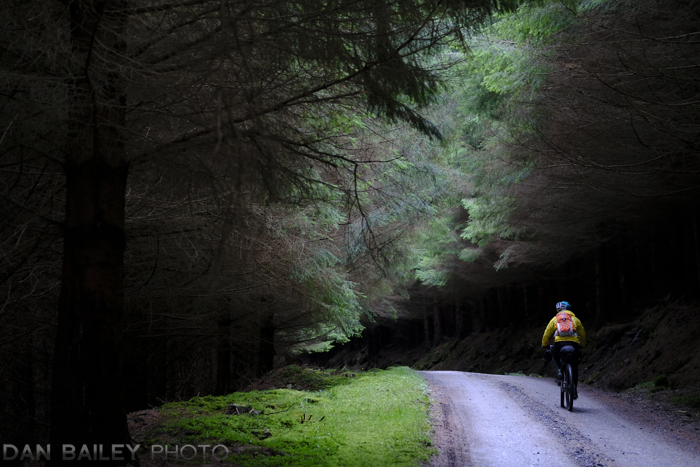
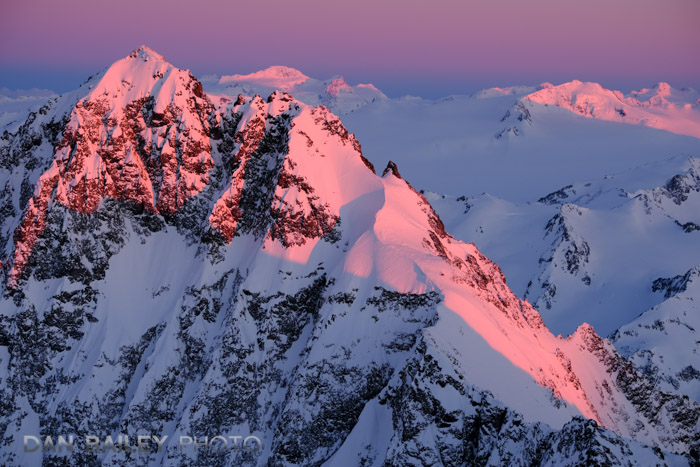
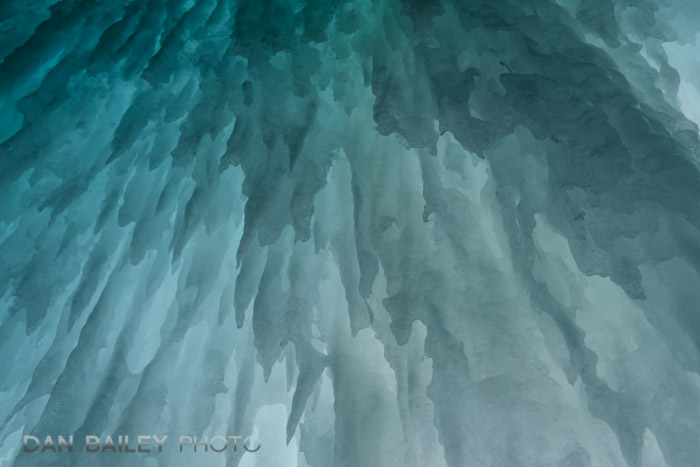
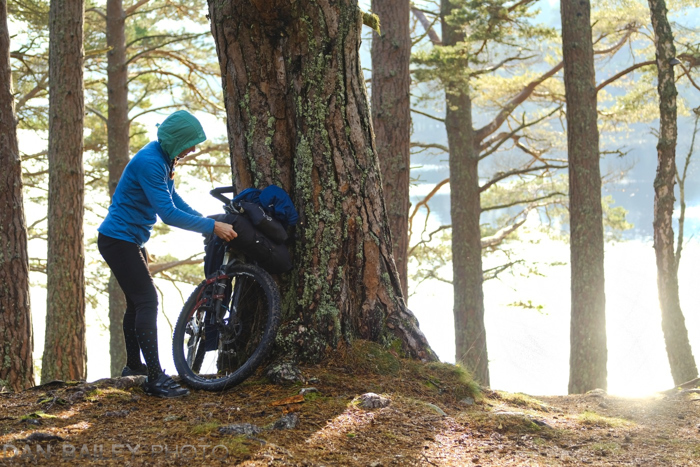
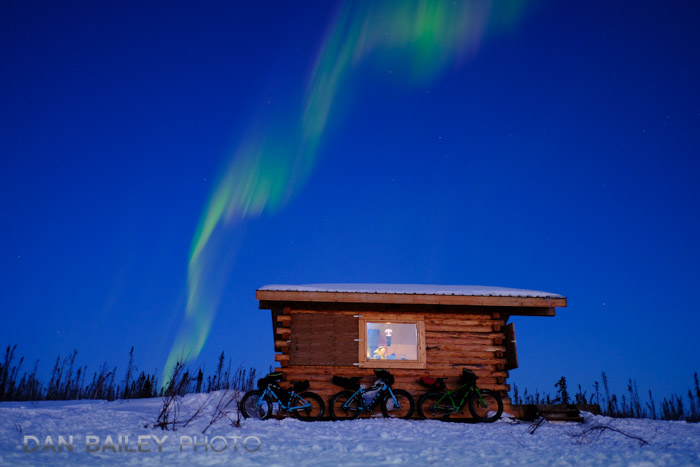
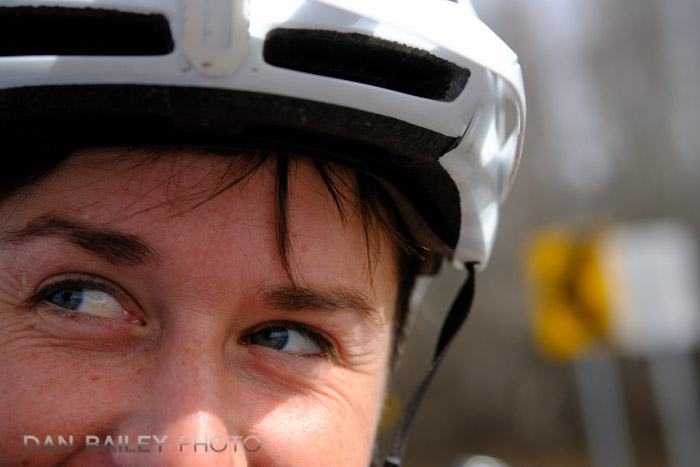
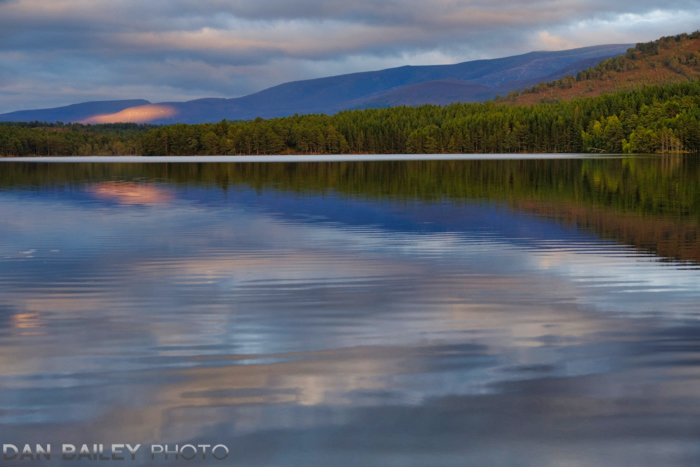
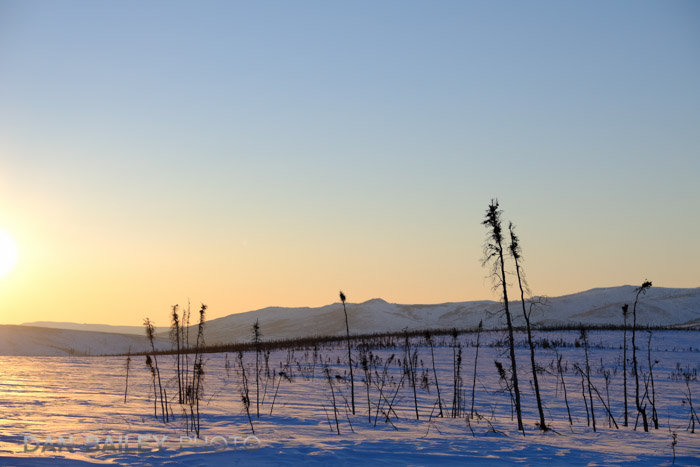
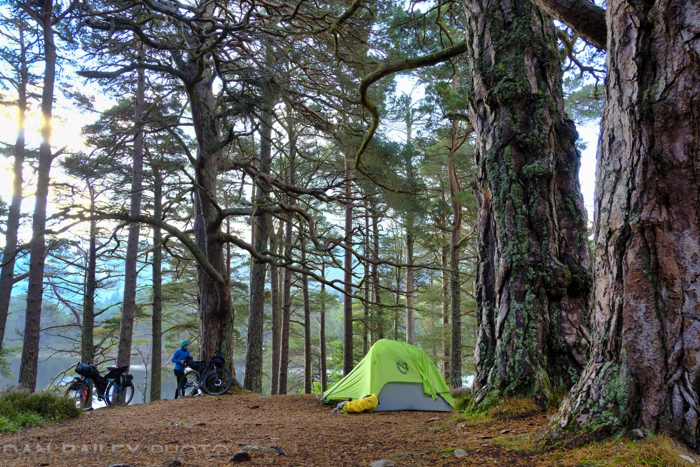 It’s been a very quiet month here on the blog. I have a good excuse, though. I’ve been on vacation. After a very busy summer shooting, flying my little Cessna, teaching workshops, editing photos and
It’s been a very quiet month here on the blog. I have a good excuse, though. I’ve been on vacation. After a very busy summer shooting, flying my little Cessna, teaching workshops, editing photos and 